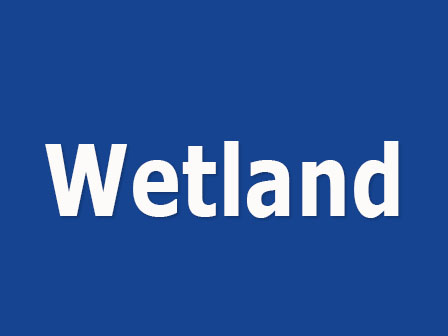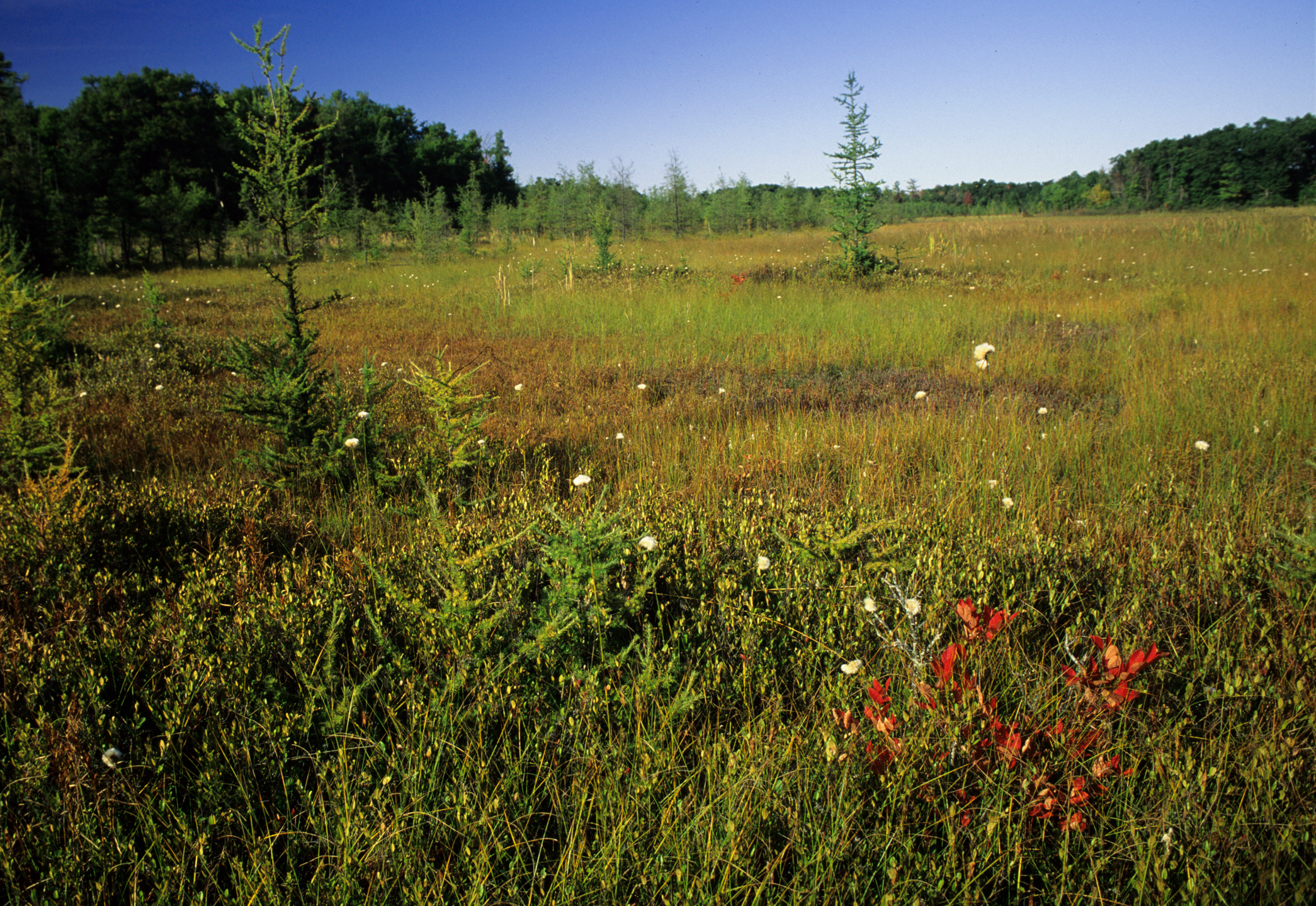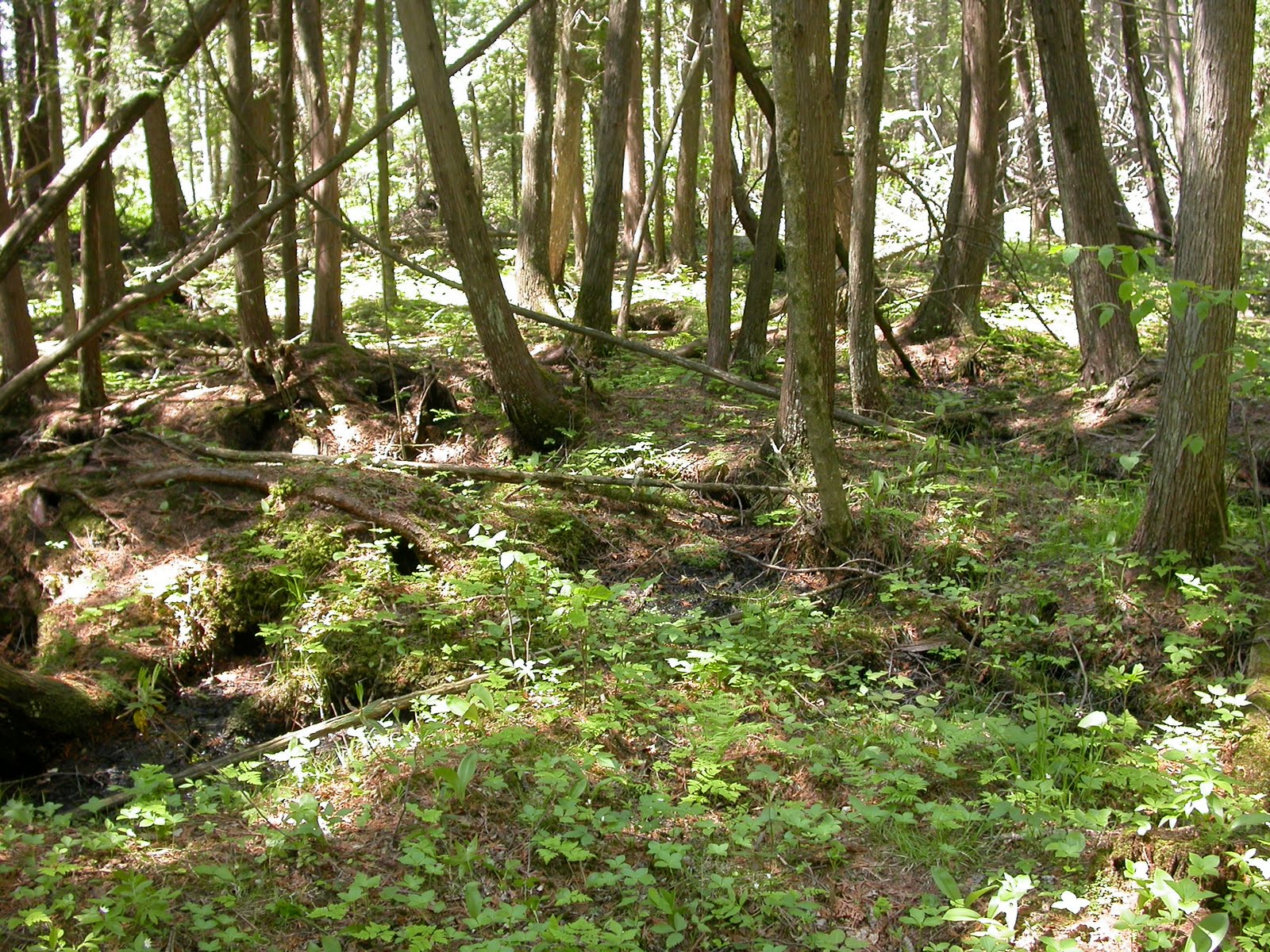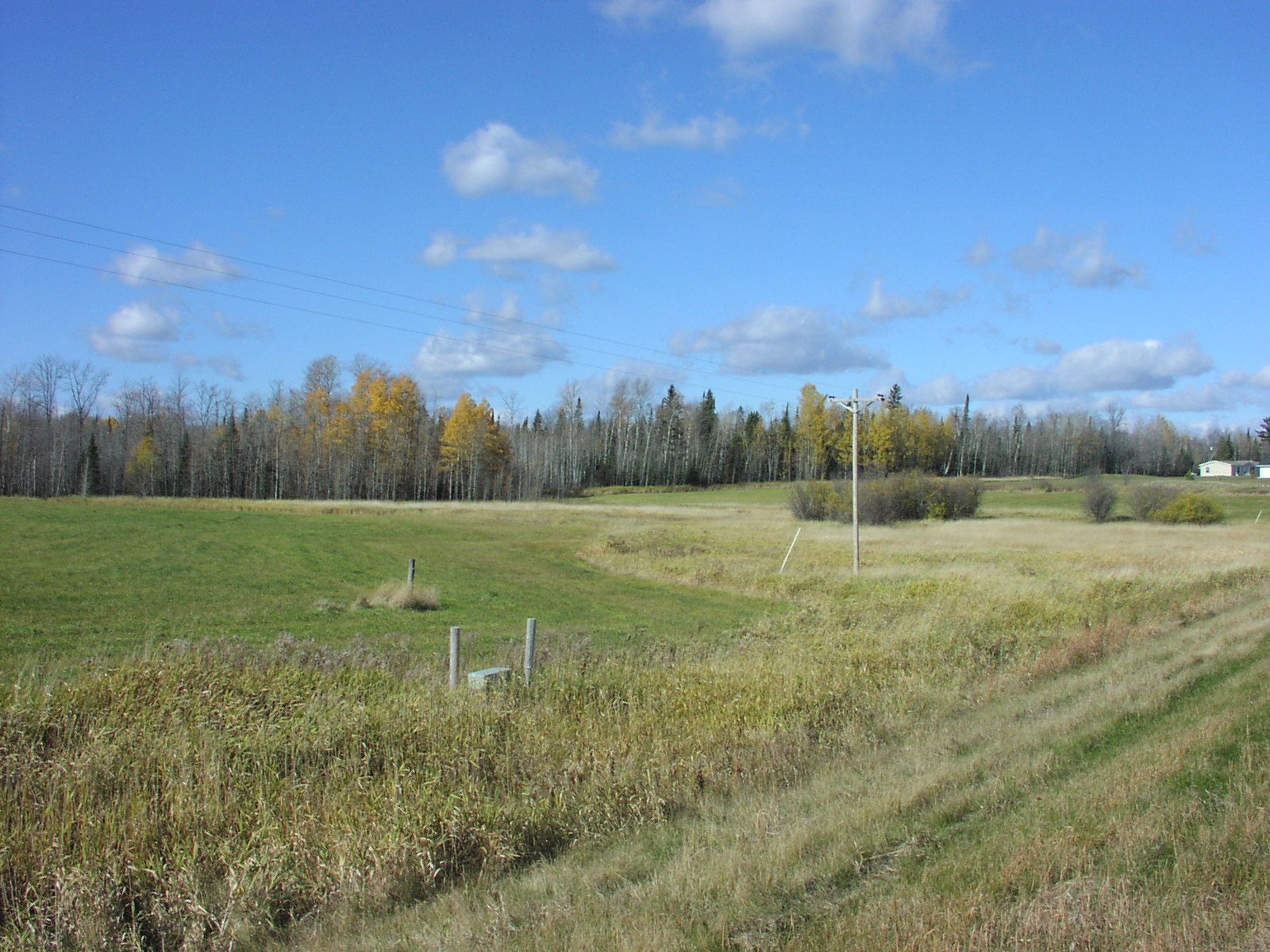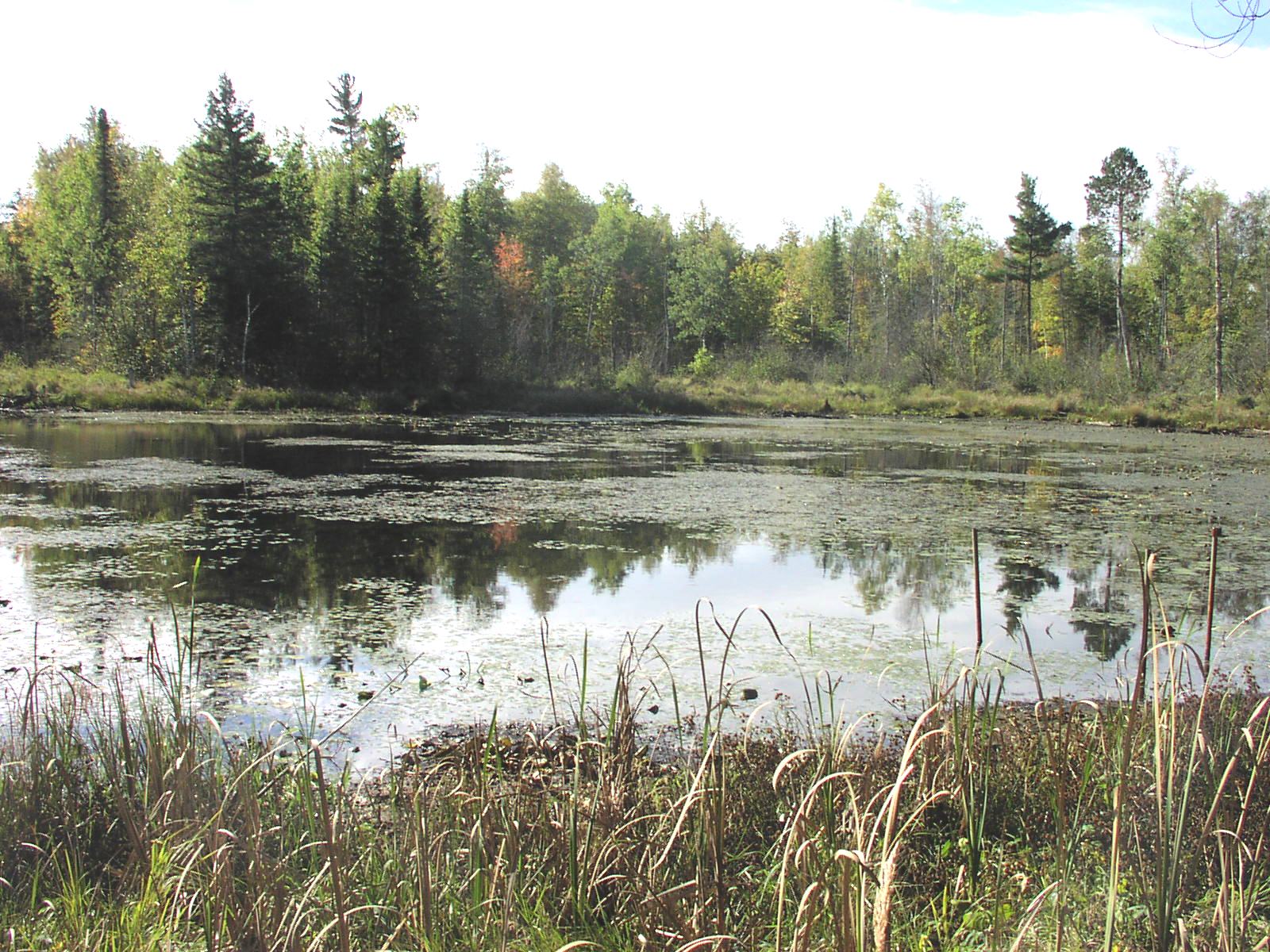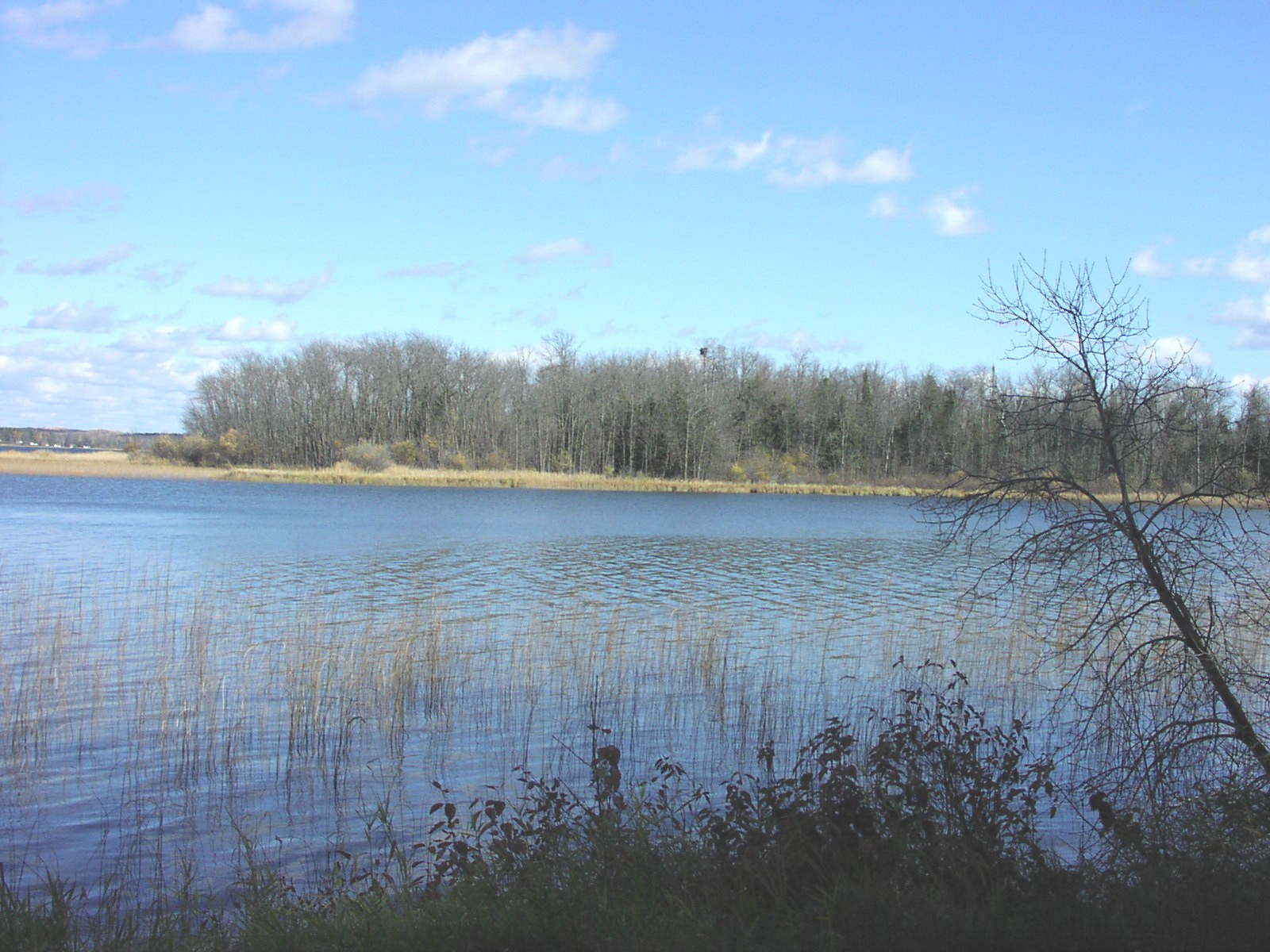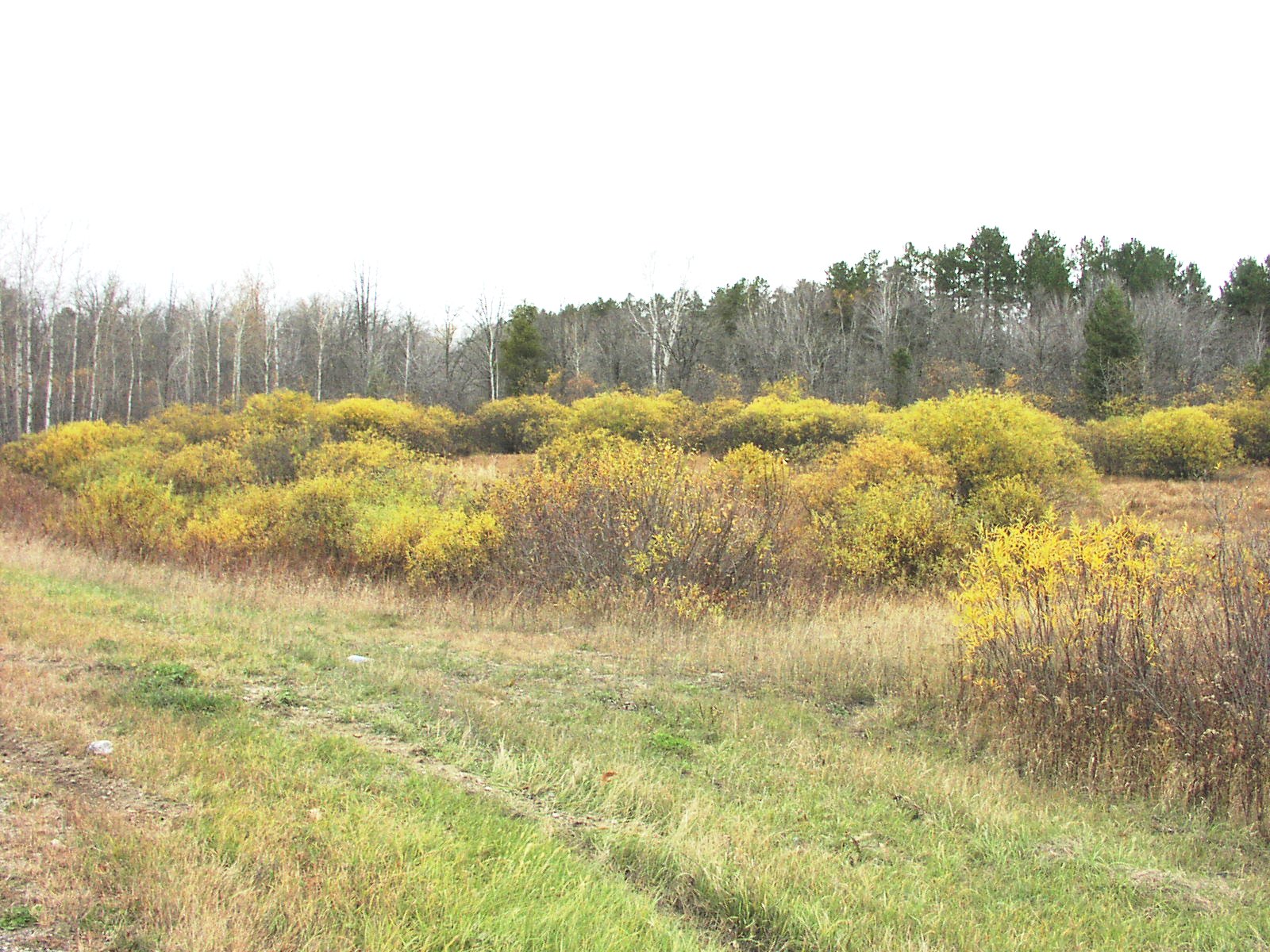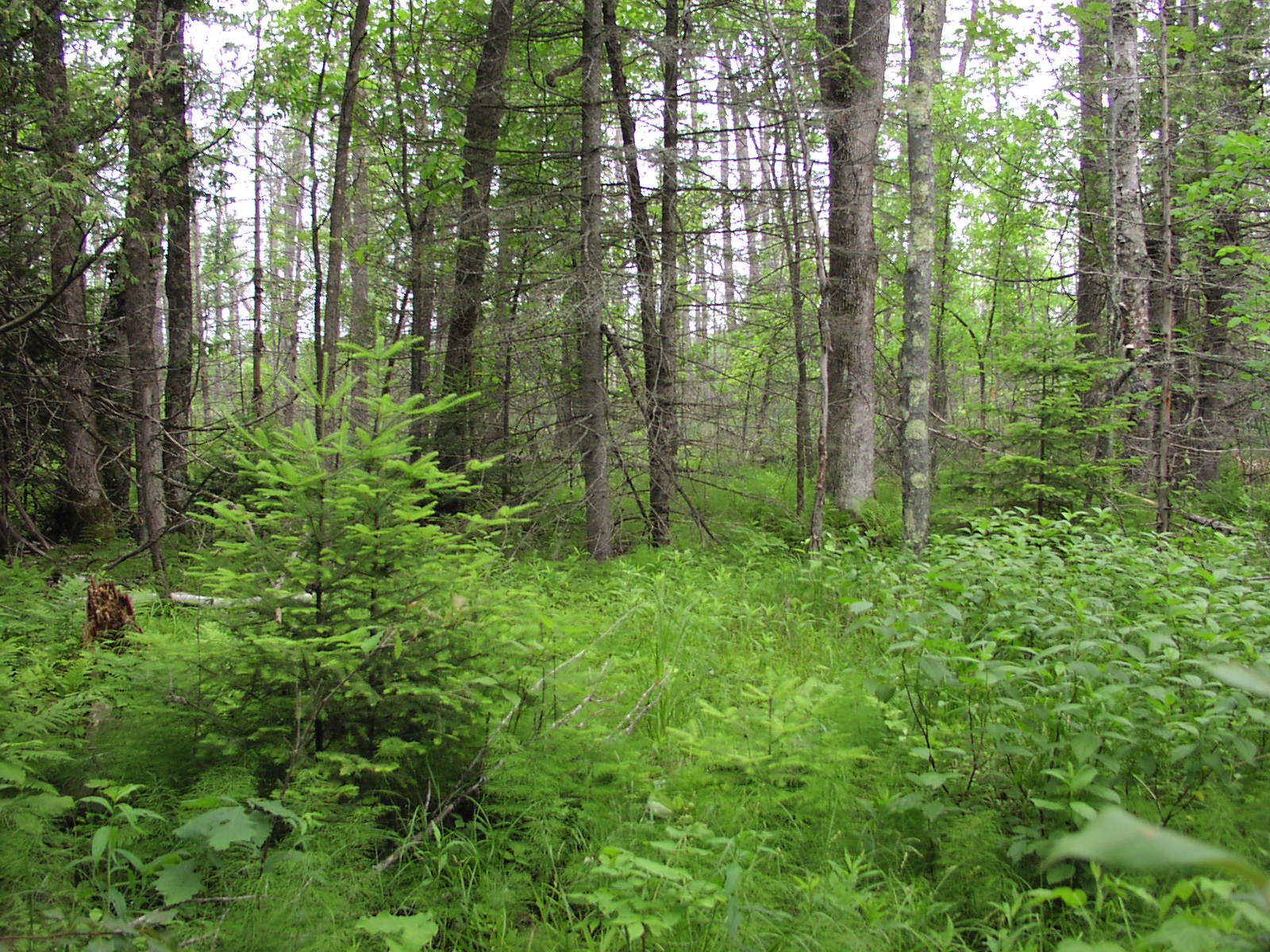Wetland Technical Assistance
The Wetland Conservation Act (WCA) applies to all Minnesota wetlands. The Local Government Unit (LGU) has the primary responsibility for administration of the Act and making key wetland determinations. In Itasca County the LGU is the Itasca Soil and Water Conservation District. Minnesota DNR Conservation Officers enforce wetlands violations. Wetlands that are identified on the DNR inventory of protected waters and wetlands are regulated solely by the DNR. If you are planning a project, purchasing or selling property, or are curious about wetlands on your property your first contact should be the Itasca SWCD. Staff at the SWCD are trained in identifying wetlands and wetland boundaries as well as interpreting the wetland regulation and how it may or may not effect your project.



 218-326-5573
218-326-5573